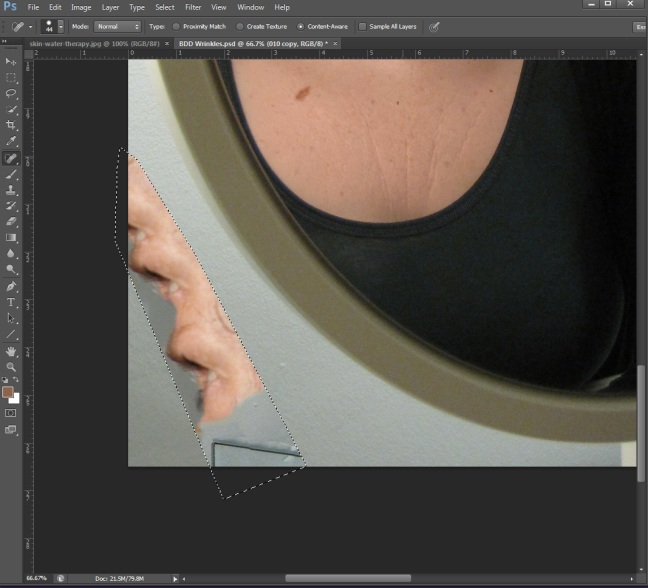What did you enjoy the least about photography?
The least enjoyable part was when the photographs came back from the photo shoot and a lot of them were blurred. I felt like a failure.
What did you enjoy the most about photography?
The best bit was working with the models, specifically the ones that really went the extra mile to give me exaggerated facial expressions. I found that when the model understood the idea and had a talent for acting it made a really great result.
What part of your research was the most interesting?
There was so much research for this project it is hard to say which is the most interesting. Learning about the meaning behind the posters and paintings we looked at was very interesting.
What part of your research was the least interesting?
I didn’t find any of it boring. It was just very time-consuming.
How do you feel you idea generation went?
I think this went well but some of the initial ideas turned out too tame for my liking.
How do you think your final piece turned out?
I’m glad the final idea turned out quite disturbing. I wanted people to remember it. I wanted people to wonder how this photo was created.
Did you do any experimentation during this project?
Yes a lot. Taking photographs with a professorial camera turned out to be an experiment. Using adjustments > Photo Filter was a total experiment which shows how useful taking a chance is.
How was your time keeping?
I finished the final piece way before the deadline which was great. I did not time the writing up of the project as well as I would have liked.
What have you learnt for the future?
- I’ve learnt that I really enjoy retouching photographs. I will ask my tutors about careers in retouching.
- I need a lot more practice with a professional camera.
What would you do differently next time?
I must remember how time-consuming the writing up part of the project is and I must leave more time for it. Next time I should use a camera I can actually work properly.
What skills do I need to develop for the future?
I need to practice using a professional camera. I would like to learn more retouching skills.



















































